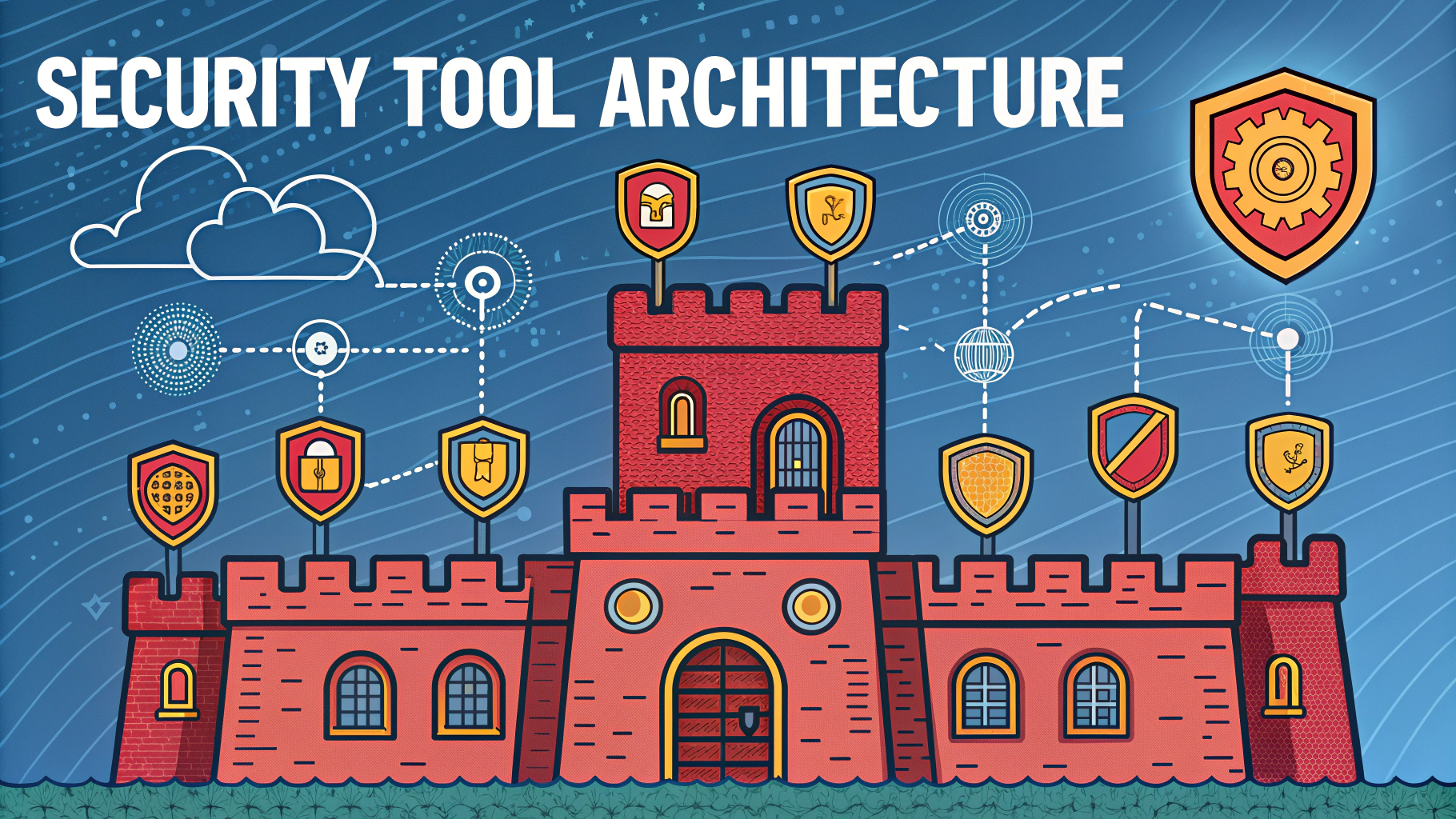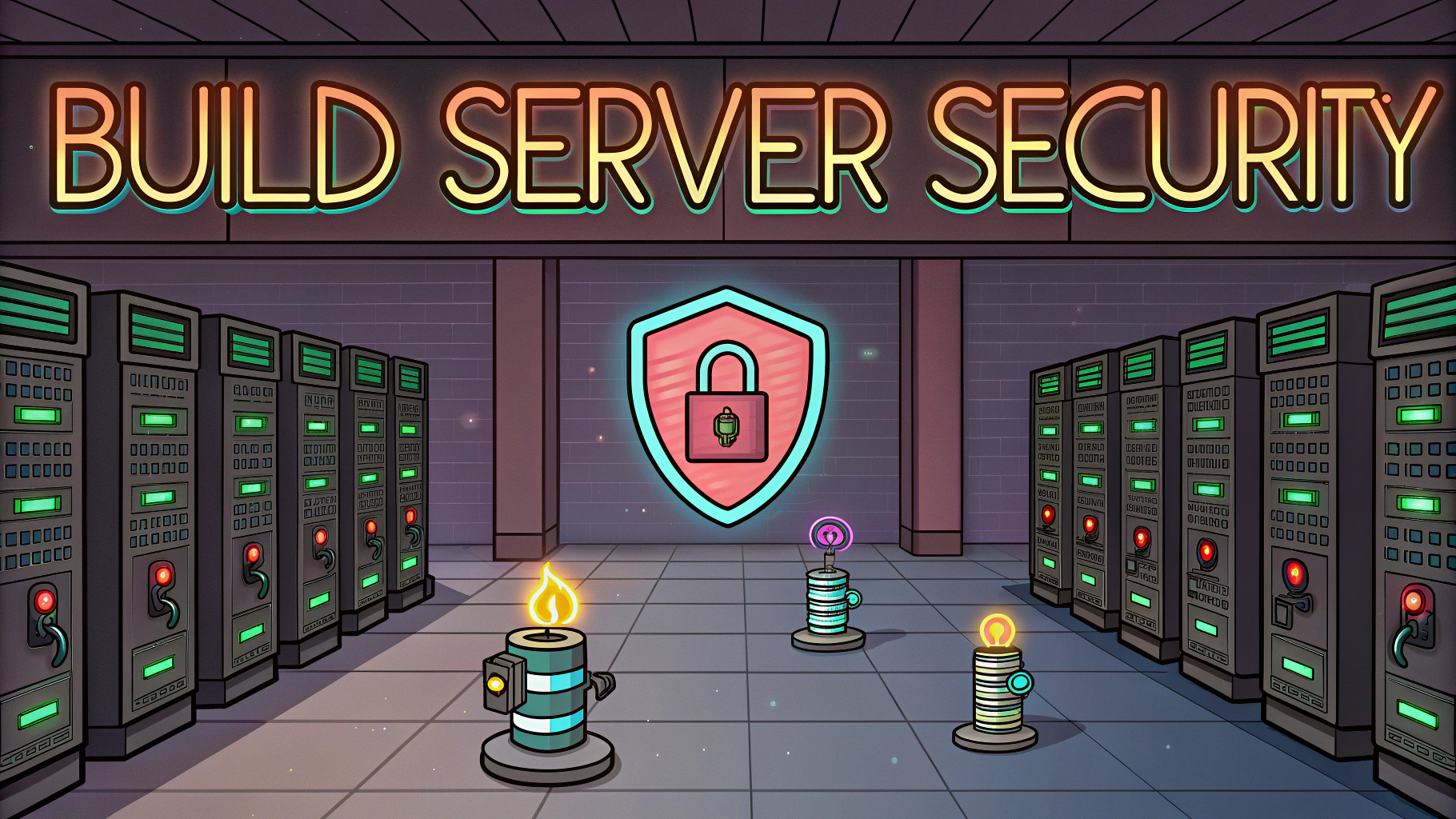Framework validation forms a critical step in penetration testing by verifying if security controls and safeguards work as intended.
A structured framework validation approach helps identify gaps between documented security controls and their actual implementation.
Key Components of Framework Validation
- Control testing against established standards (NIST, ISO 27001, CIS)
- Configuration review of security tools and systems
- Verification of security policies and procedures
- Assessment of incident response capabilities
- Evaluation of security awareness programs
Validation Process Steps
- Documentation Review
- Security policies and procedures
- System architecture diagrams
- Previous audit reports
- Control Testing
- Technical controls verification
- Administrative controls assessment
- Physical security measures evaluation
- Gap Analysis
- Identifying discrepancies between documented and implemented controls
- Risk assessment of identified gaps
Common Validation Tools
| Tool | Purpose |
|---|---|
| Nessus | Compliance scanning and vulnerability assessment |
| OpenVAS | Security configuration verification |
| Metasploit | Security control effectiveness testing |
Tips for Effective Framework Validation
- Document all findings with clear evidence
- Use automated tools alongside manual testing
- Maintain a checklist of controls to validate
- Compare results against industry benchmarks
- Prioritize findings based on risk impact
Regular framework validation should occur at least annually or after significant system changes.
Reporting and Documentation
Document validation results in a clear, actionable format that includes:
- Executive summary of findings
- Detailed technical analysis
- Risk ratings for identified gaps
- Recommendations for remediation
- Timeline for implementing fixes
Contact organizations like SANS (www.sans.org) or OWASP (www.owasp.org) for additional framework validation resources and training.
Framework Validation Best Practices
Continuous Monitoring
- Implement automated monitoring solutions
- Set up real-time alerts for control failures
- Establish metrics for control effectiveness
- Track compliance status continuously
Stakeholder Engagement
- Regular updates to management
- Coordination with IT and security teams
- Communication with compliance officers
- Feedback collection from system owners
Advanced Validation Techniques
Red Team Testing
Incorporate advanced adversary simulation to validate framework effectiveness under real-world attack scenarios.
| Technique | Application |
|---|---|
| Purple Teaming | Collaborative defense and attack simulation |
| Threat Hunting | Proactive security control validation |
Conclusion
Effective framework validation requires a comprehensive approach combining technical testing, documentation review, and continuous monitoring. Organizations must:
- Maintain regular validation schedules
- Adapt to emerging threats and compliance requirements
- Ensure proper documentation and reporting
- Implement recommendations promptly
- Foster a culture of continuous improvement
Success in framework validation ultimately depends on organizational commitment, resource allocation, and the implementation of a structured, repeatable process.
FAQs
- What is framework validation in penetration testing?
Framework validation in penetration testing is a systematic approach to verify the security controls, methodologies, and processes within an organization’s security framework by actively testing for vulnerabilities and weaknesses. - Which are the most common frameworks used in penetration testing?
The most widely used frameworks include OWASP Testing Guide, NIST SP 800-115, PTES (Penetration Testing Execution Standard), OSSTMM (Open Source Security Testing Methodology Manual), and ISSAF (Information Systems Security Assessment Framework). - How often should framework validation be performed?
Framework validation should be performed at least annually, after major system changes, following significant security incidents, or when new threats emerge that could impact the existing security controls. - What are the key phases in framework validation?
The key phases include planning and preparation, reconnaissance, vulnerability assessment, exploitation, post-exploitation analysis, and detailed reporting with remediation recommendations. - What tools are commonly used in framework validation?
Common tools include Nmap for network discovery, Metasploit for exploitation, Burp Suite for web application testing, Wireshark for network analysis, and Nessus for vulnerability scanning. - How does framework validation differ from regular penetration testing?
Framework validation specifically focuses on testing the effectiveness of security controls and processes within an established security framework, while regular penetration testing may focus solely on finding technical vulnerabilities. - What should be included in a framework validation report?
A framework validation report should include an executive summary, methodology used, findings categorized by severity, detailed technical analysis, evidence of exploitation, and specific recommendations for framework improvements. - What are the essential skills required for framework validation?
Essential skills include knowledge of security frameworks, networking fundamentals, operating systems, programming languages, exploitation techniques, and strong analytical and documentation abilities. - How can organizations prepare for framework validation?
Organizations should document their security controls, maintain updated network diagrams, establish clear testing boundaries, prepare incident response procedures, and ensure proper authorization is in place. - What are the common challenges in framework validation?
Common challenges include incomplete documentation, complex environments, limited testing windows, false positives, and balancing security testing with business operations.







